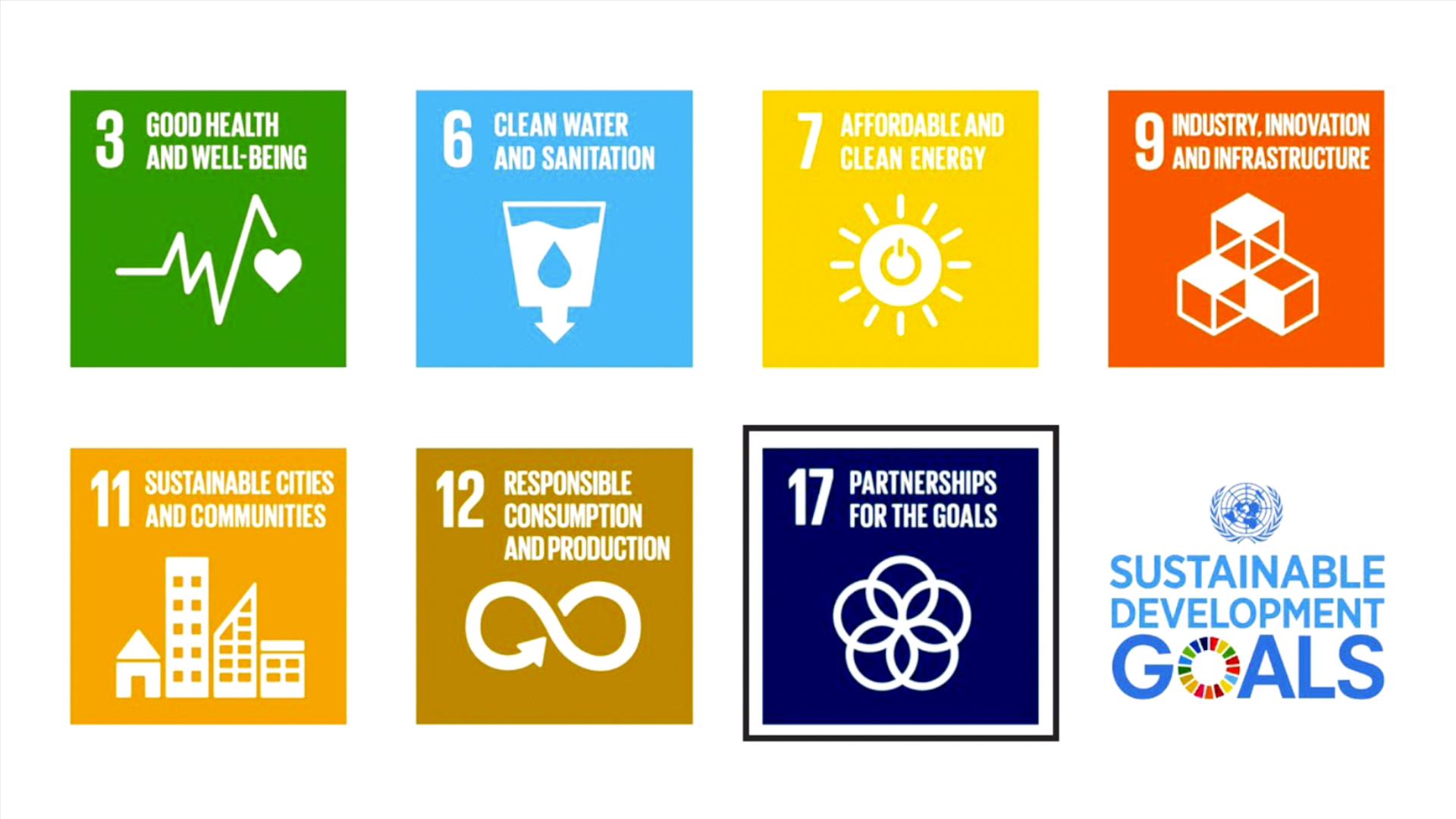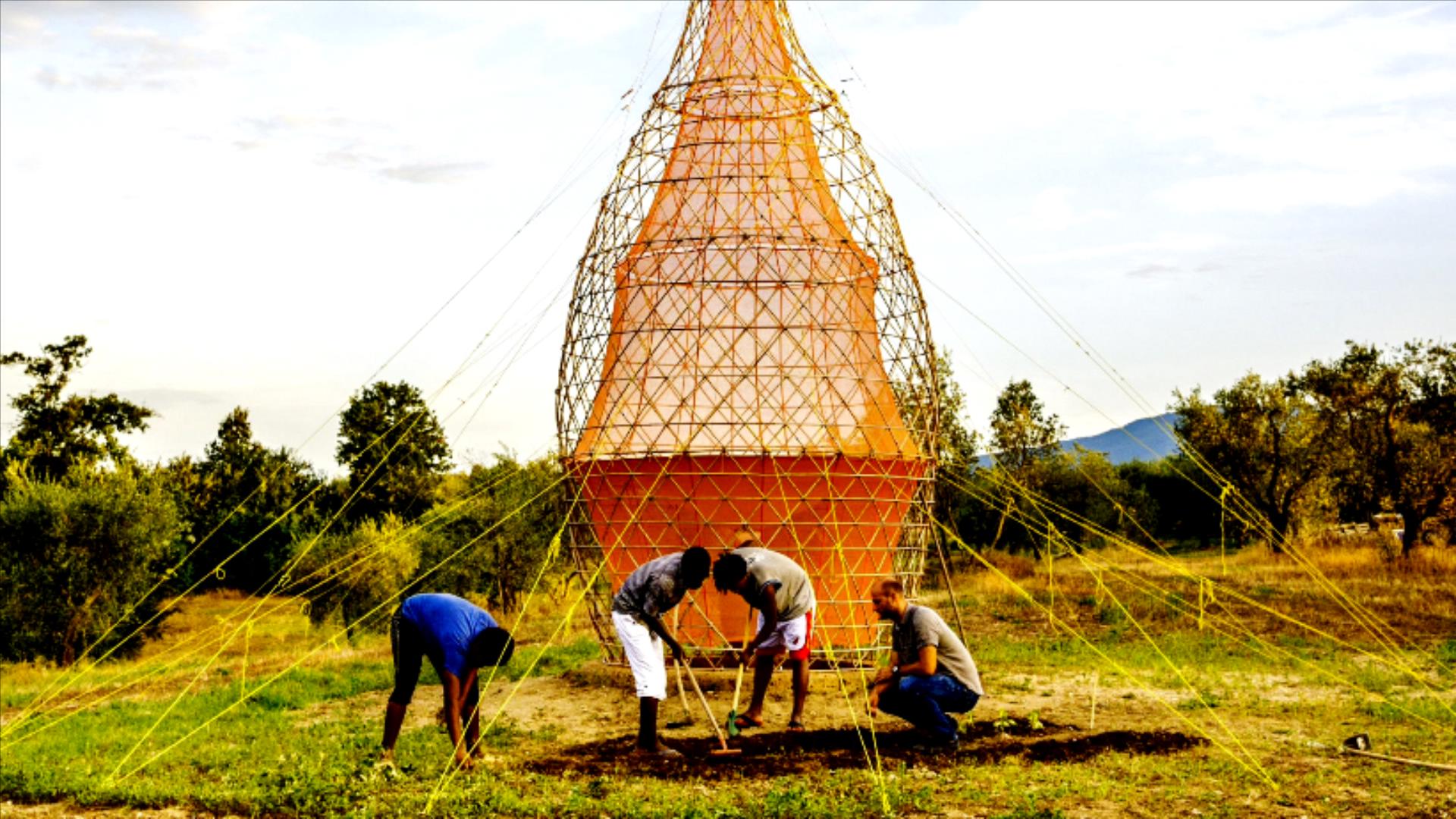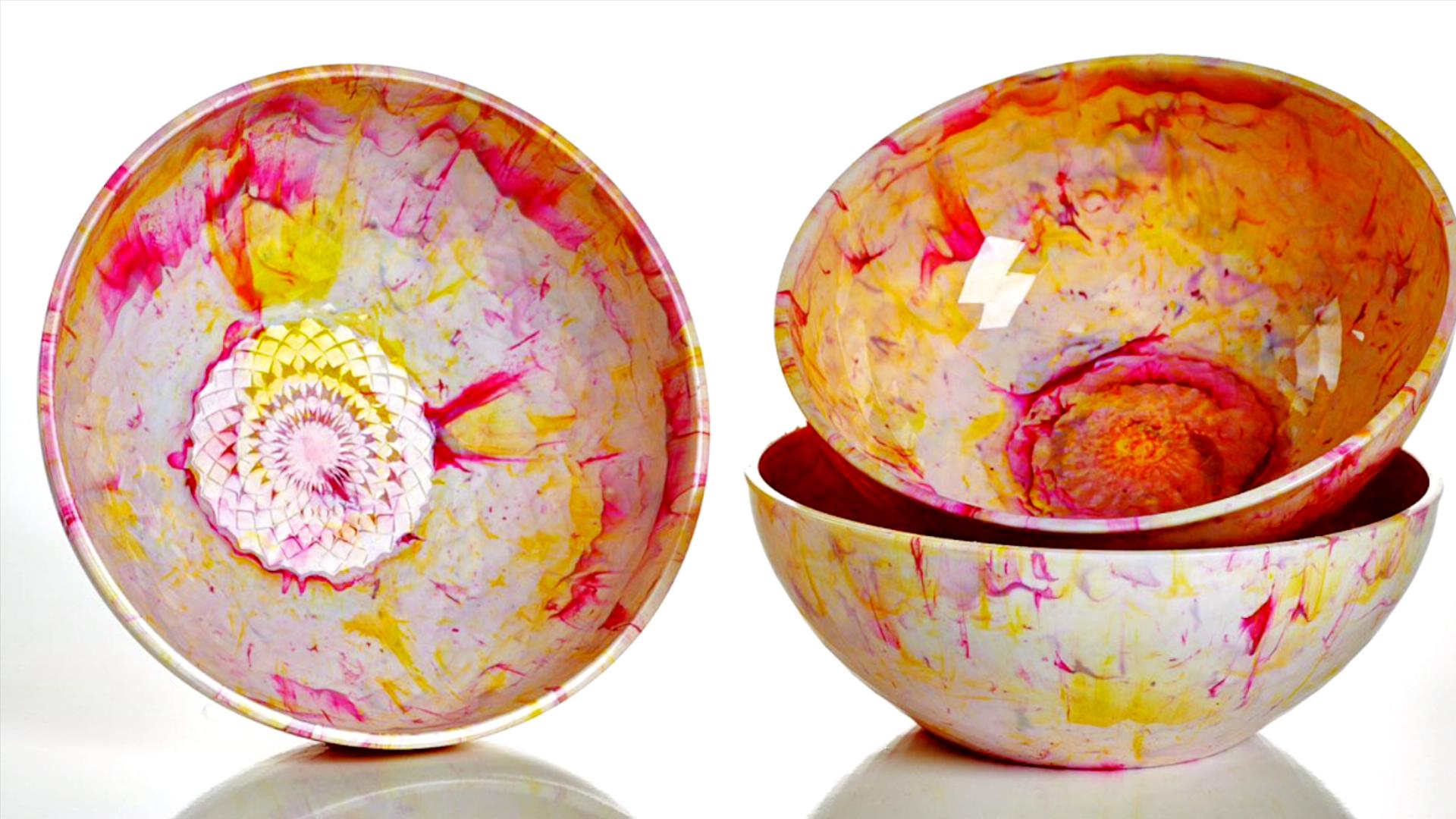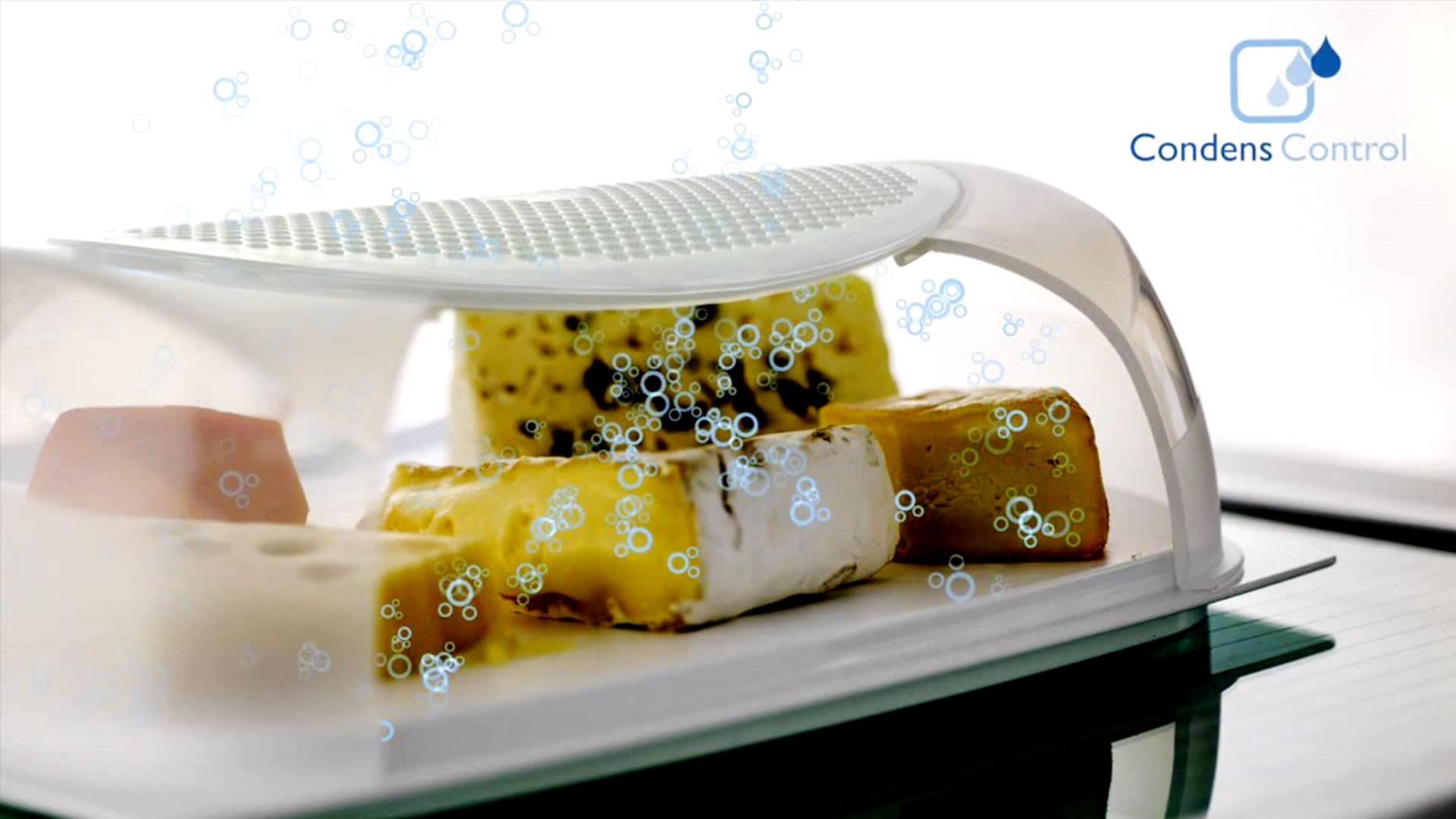-
 David Kusuma
WDO
President-Elect
David Kusuma
WDO
President-Elect
David Kusuma is President-Elect of the World design Organization (WDO). He was VP Research & Innovation at Tupperware Brands Corporation for 20 years and recently joined Oregon Tool as Senior Vice President Product Management and Innovation, based in Portland, Oregon USA. His focus has been to leapfrog conventional boundaries of innovation through the implementation of open innovation partnerships to create game-changing product solutions.
Prior to Tupperware David worked at GE Plastics as Global Manager, Design and Vehicle Engineering, to lead the development of polycarbonate as a viable alternative to glass in automotive window systems, and prior to GE worked at Bayer Material Science.
PhD Cranfield University (UK), MSM Purdue University, MBA Tilburg University (Netherlands), BSME University of Pittsburgh, BFA Carnegie-Mellon University. David is a Fellow of the Industrial Designers Society of America (IDSA) and Fellow of the Society of Plastics Engineers (SPE).
Design and R&D: A New Relationship for a Better Future
R&D research has given the world more availability of new technologies to apply into new products, benefiting every facet of our daily lives - from the clothing and shoes we wear, to the cars we drive, and to the many objects in our homes.
As designers, however, we also have an enormous responsibility and obligation to develop products which are more sustainable for the long term, and to design for a better future. This has become even more relevant as the world strives to emerge out of the Covid pandemic. The important question to explore is, “what are the key considerations for new products which will bring the greatest benefit for the consumer, while still providing long lasting use, and protecting both public health and the environment?”
This presentation will highlight research and case studies showing how unique partnerships and collaboration between R&D and design can spark new innovations, and new competitive advantages towards maximizing human benefit and alignment with the United Nations Sustainability Goals (SDGs).
1、We can really create the opportunities for people so they can also be environmentally friendly by reducing their carbon footprint.
2、An Interdisciplinary approach that merges technology with human centered design and with design thinking; and which works together with other disciplines allows design solutions to be the best they can be.
-
 SDGs
SDGs
-
 IMPORTANCE OF PARTNERSHIPS
IMPORTANCE OF PARTNERSHIPS
-
 DESIGNING TO REDUCE MATERIAL WASTE
DESIGNING TO REDUCE MATERIAL WASTE
-
 DESIGNING TO AVOID FOOD WASTE
DESIGNING TO AVOID FOOD WASTE








